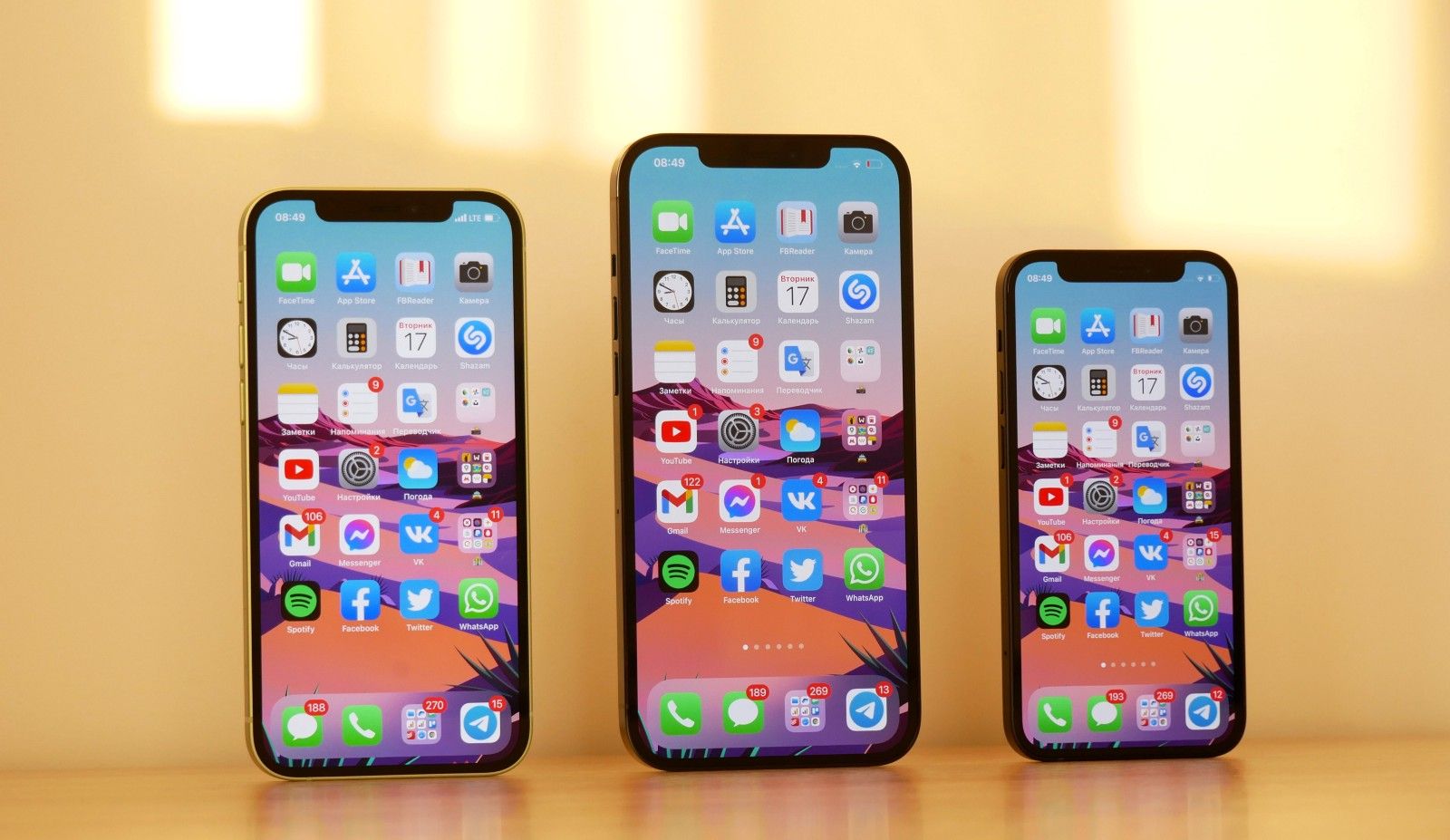Progressive Web Apps (PWAs) represent a significant advancement in web development, aiming to bridge the gap between traditional web applications and mobile applications. They provide a more app-like experience for users while leveraging the reach and accessibility of the web. Here’s a breakdown of the key aspects of Progressive Web Apps:
Characteristics of Progressive Web Apps:
- Progressive Enhancement:
- PWAs are designed to work for every user, regardless of the browser or device. They utilize progressive enhancement to ensure a basic level of functionality for all users, while additional features are progressively enabled for more capable devices or browsers.
- Responsive Design:
- PWAs are built with responsive design principles, adapting seamlessly to various screen sizes and resolutions, making them suitable for both desktop and mobile users.
- Connectivity Independence:
- PWAs can function with or without a network connection. They use service workers to cache important resources, allowing users to access content even in offline or low-network conditions.
- App-like Experience:
- PWAs aim to provide a native app-like experience. This includes smooth transitions, gestures, and an immersive full-screen mode, giving users the feel of a traditional mobile app.
- Discoverability:
- PWAs are easily discoverable through search engines, making them accessible to a wide audience without the need for installation from an app store.
- Installation and Home Screen Access:
- Users can install PWAs on their devices directly from the browser, and once installed, they can be accessed from the home screen, just like native apps.
- Push Notifications:
- PWAs can send push notifications to users even when the browser is closed, enhancing user engagement and re-engagement capabilities.
- Security:
- PWAs are served over HTTPS, ensuring a secure connection. This is especially important for services that may involve sensitive data.
Technologies Behind PWAs:
- Service Workers:
- Service workers are a key component of PWAs. They are JavaScript scripts that run in the background, enabling features like push notifications and offline functionality by intercepting and caching network requests.
- Web App Manifest:
- The web app manifest is a JSON file that provides metadata about the application, such as its name, icons, and other configuration details. It is used for installing the app on the home screen.
- Responsive Design and Flexbox/Grid:
- Responsive design techniques and layout systems like Flexbox and Grid are employed to ensure a consistent and adaptable user interface across different devices.
- Application Shell Architecture:
- PWAs often use an application shell architecture to provide a fast and reliable user experience by caching the basic structure of the app.
Advantages of PWAs:
- Cross-Platform Compatibility:
- PWAs work on various platforms, reducing the need for platform-specific development and maintenance.
- Improved Performance:
- The use of service workers and other optimization techniques can significantly enhance the performance of PWAs, providing a smoother user experience.
- Cost-Effective:
- Developing a single PWA that works across devices and platforms can be more cost-effective than building separate native apps.
- Offline Functionality:
- PWAs can work offline or in low-network conditions, a crucial feature for users in areas with unreliable connectivity.
- Engagement and Retention:
- Features like push notifications and the ability to install on the home screen contribute to higher user engagement and retention rates.
Challenges and Considerations:
- Limited Native API Access:
- PWAs may have limitations in accessing certain native device features compared to fully native apps.
- Awareness and Adoption:
- Despite their advantages, awareness and adoption of PWAs among users and developers can vary.
- Browser Compatibility:
- While major browsers support PWA technologies, some features may not be universally supported, requiring careful consideration during development.
In summary, Progressive Web Apps offer a promising solution for developers seeking a balance between the reach of the web and the user experience of native apps. As technology continues to advance, PWAs are likely to play an increasingly important role in the future of web and mobile development.








